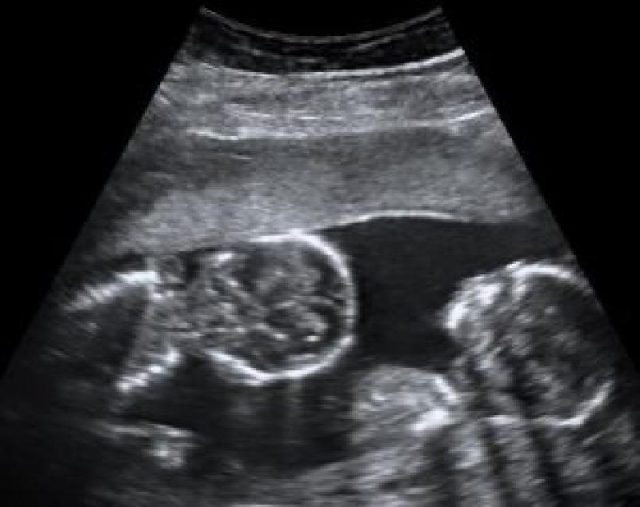In this comprehensive series of normal labor and delivery off the grid, we’ve discussed late-term pregnancy, the signs of impending labor, the progress through the stages of labor, delivery of the infant, and recovery care of the new mother. In this final part of this series, let’s talk a bit about the delivery of twins and other multiples and those babies that are not in the usual (headfirst) position.
MULTIPLES

Multiple births like twins can be handled similarly to single deliveries if both are “cephalic”; that is, presenting head down. Each is delivered in turn, but the first placenta isn’t delivered until the second baby is out. Clamp and cut the first umbilical cord and place the first baby on the mother’s chest as with a single birth. Once the second baby is out, the placentas can be delivered in an unhurried manner.
Triplets or more are complicated, but rare. These occur (without fertility treatments) in about 1 in 8000 births and usually deliver very prematurely. Post-disaster settings are unfavorable for the survival of premature babies as they are often unable to breath on their own. Indeed, it wasn’t until about 100 years ago that triplets and higher multiple births resulted in all surviving infancy.
Much more common than multiple births are breech births. Although the grand majority of babies present head down, breech babies are “heads-up” and comprise about three percent of all births. With twins, there’s a chance that one of the fetuses may be breech. The survival medic or midwife may eventually encounter one or two.
In normal times, breech babies are routinely delivered by cesarean section. This is because studies have shown that about 4% of vaginal breech deliveries end up with a bad outcome, compared to about 1.5% of breech babies delivered by C-section.
Why? The reason is often because the head, the largest-diameter part of the baby, comes last. Sometimes, it gets stuck and oxygen deprivation or other complications may occur. Most parents aren’t willing to accept any increased chance that their baby will come out with a problem. Hence, cesarean sections are the norm.
Cesarean is an unlikely option off the grid
Off the grid, however, C-section is not an option. Most breech babies delivered vaginally, however, will come out without incident. It is, however, somewhat different. Instead of the head crowning, it’s the buttocks. This is called a “frank breech” and is the most common type of breech presentation. The legs may sometimes come first (called a “single or double footling breech”), they usually deliver spontaneously a push or two after the buttocks in frank breeches. If they don’t, using the fingers to perform a sweeping motion in the vagina (called the “Pinard maneuver”) may safely bring down the feet and legs.
Once the legs and buttocks are out, you’ll use both hands to grasp the hips of the baby, thumbs on the sacroiliac and fingers in front on the iliac crests. With each push, the abdomen and cord will descend and then deliver. You’ll use your grip on the hips to help guide one shoulder, (the topmost one) by gently pulling down and slightly out. If the arm doesn’t deliver on its own, a sweeping motion with a gloved finger in the vagina may be performed to move an extended arm across the chest, and then down and out. Then, deliver the second shoulder by holding the feet with both hands and exerting gentle upward traction. Don’t allow the baby’s body to hang without support.
At this point, the entire body is delivered except for the head. Now you’ll move your hands to the baby’s chest and back. Avoid squeezing the neck with your fingers. You want to keep the head flexed, which can be done by having an assistant place some pressure downward just above the pubic bone of the mother. The midwife supports the body with the left forearm and palm and may also place a finger in the baby’s mouth, not to apply any pressure whatsoever, but to keep the head flexed so it will deliver easily. The right hand’s fingers are spread over the back pressing on both shoulders and the back of the base of the skull (called the “occiput”). Using only the hand on the back, traction is exerted downward and outward. In most cases, the head will deliver without an issue. This is known as the Mariceau-Smellie-Veit maneuver.
The description above is just part of the process; there are a lot of nuances that help decrease the chance of complications. You’ll find the whole process described in detail in Varney’s Midwifery, an essential resource for those medics that may be responsible for off-grid labor and delivery. In the end, however, there’s no substitute for experience.

As previously mentioned, there are different schools of thought regarding some of the above, many of which are equally valid. Remember that your goal is to end up with a healthy mother and baby, both physically and emotionally.
via doomandbloom






